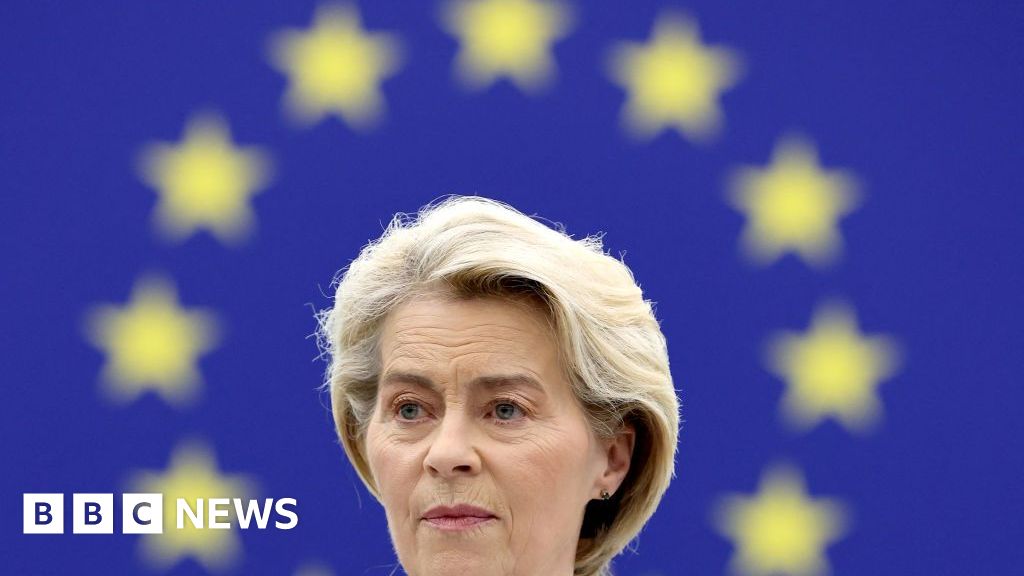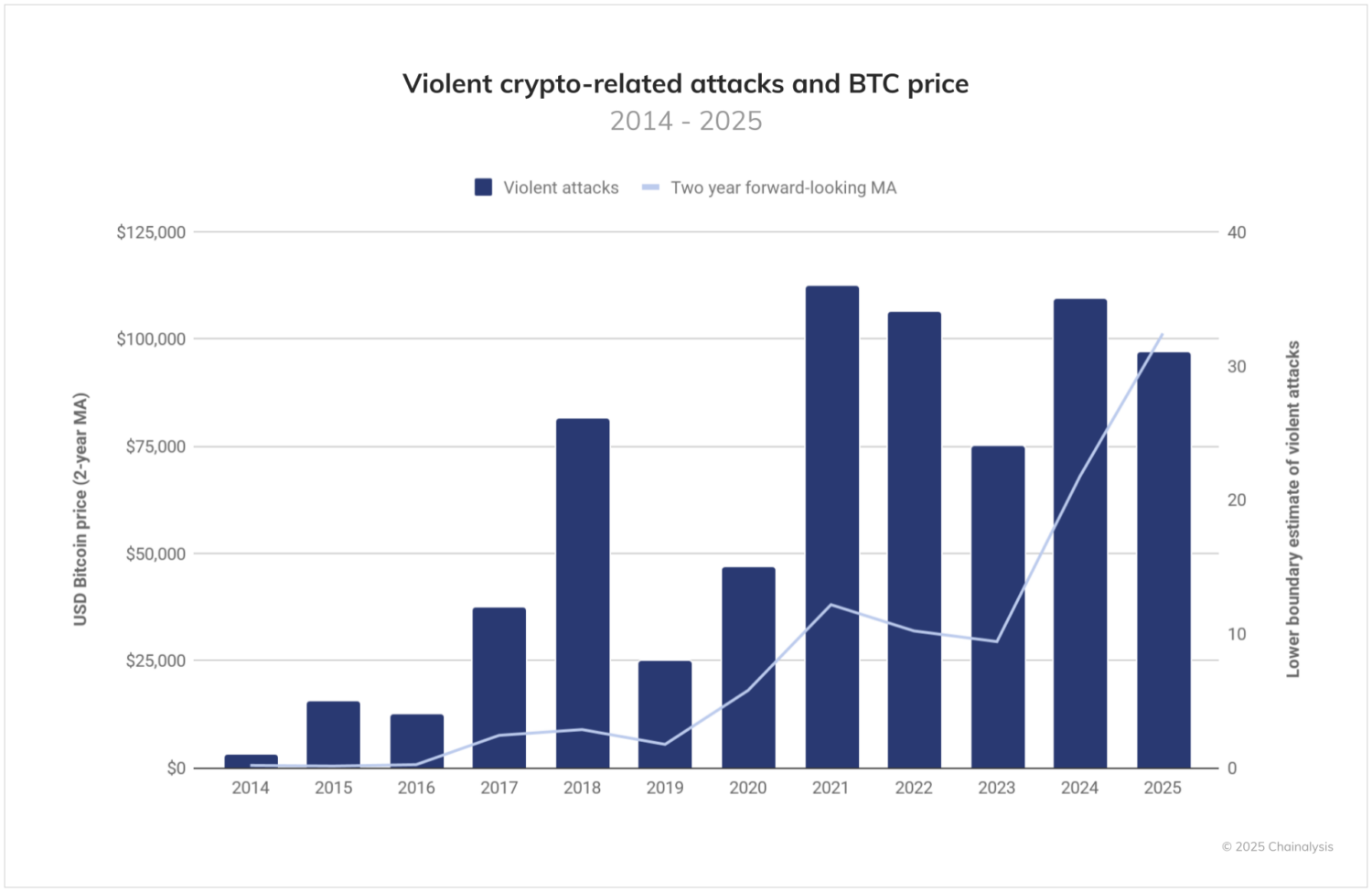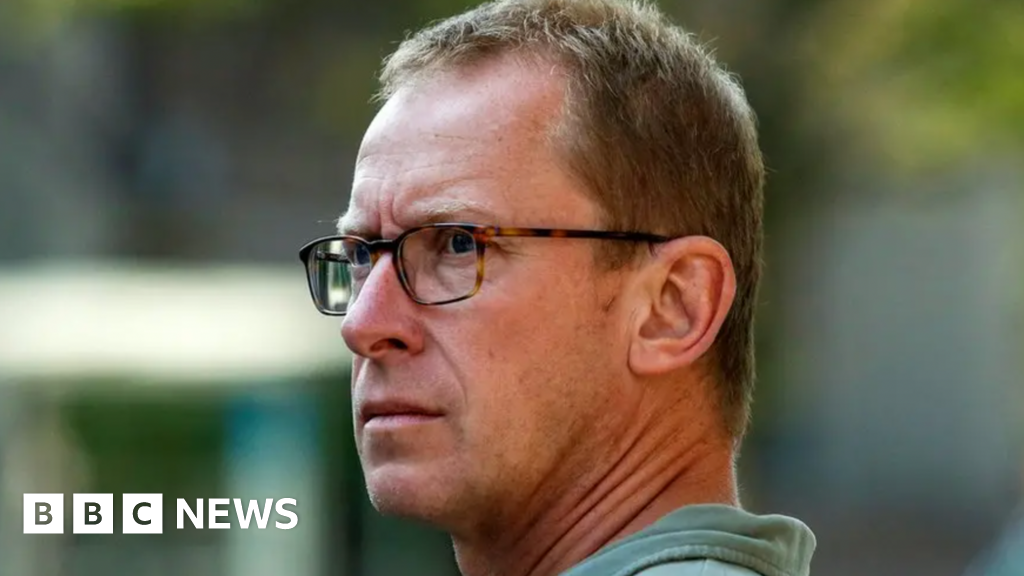As the great illusionist Harry Houdini once said, “The secret of showmanship consists not of what you really do, but what the mystery-loving public thinks you do.” Entrepreneurial huckster Vivek Ramaswamy has graduated from being the court jester of corporate governance to now becoming a serious contender for the GOP presidential nomination as some 5% of primary Republican voters indicate they are entertained by his antics.
As one of the few people who have debated Ramaswamy in multiple public appearances and studied the reality of his business resume, I have repeatedly cleared the diversionary smoke he deploys by revealing the reality of his pump-and-dump business playbook. Now Ramaswamy seems to have retrofitted it for politics.
I always knew that Ramaswamy would excel on the debate stage by running circles around his more experienced rivals who are more likely to be grounded by facts and dignity. Attention-seeking is core to the Ramaswamy playbook. He thrives on it–whether that attention is positive or negative.
Two years ago, Ramaswamy, as a Harvard College and Yale Law School alumnus, desperately begged me through mutual friends to debate him on campus in a bid to promote his book attacking business ESG practices. Even then, he indicated a smoldering interest in running for president on the GOP ticket, according to emails I possess, by exploiting his anti-woke branding.
He claimed he was drawn to me based upon three back-to-back pieces I had recently written in defense of corporate leaders who took courageous positions on corporate social impact, showing that doing well for shareholders doesn’t have to come at the expense of doing good for society. In fact, I demonstrated how social harmony was important to fortify the trust needed for free markets to thrive.
He wanted to debate, and I declined. However, I could not avoid him for long as he charmed his way onto cable TV, and a year later, as a CNBC contributor, I had my first on-air live debate with him. The fiery debate ignited viral Twitter reviews. Angry MAGA sympathizers were thrilled by his pugnaciousness–and CEOs were relieved that someone knew how to respond to him. Off stage, he was charming and gracious. In email and Twitter exchanges, he was provocative, trying to bait me into endless fights.
He succeeded in doing so at a different forum a year later–last December, before the National Association of Attorneys General. At the time, he was still honing his debate technique: Make an outrageous claim (the injustice of the SEC following any EPA guidelines on toxic emissions), find an irrelevant point where it could apply (one arcane trace chemical where the rulemaking might need revision), and then recast that into condemnation of all regulation. If you go down that rabbit hole with him, you’re trapped–unless you are an expert chemist who is prepared to give the full context.
Just this weekend, he employed this technique with CNN’s Dana Bash who skillfully led him to label as “a fringe comment” his own shameful attack on a Black congressional leader. When Bash asked him about his claim that scientifically well-documented climate change is a hoax, he said that the same people who warn us of global warming used to warn of a coming ice age–as if they were now contradicting themselves.
Of course, that is nonsense as a future ice age would be one of the results of global warming melting polar ice caps, as NASA has confirmed. Then, Bash had to go into a break, leaving Ramaswamy’s smug gotcha reply–and misinformation–unchallenged.
Last year, Ramaswamy penned an anti-woke screed in the Economist in response to my own Economist article on corporate social impact, while actively pitching media with ridiculous attacks on the 1,000+ companies that exited Russia, which I helped encourage since the start of Vladimir Putin’s invasion of Ukraine, as well as snipping away at me unprovoked on Twitter.
Earlier this year, after I exposed his shady business track record of brazen pump-and-dump schemes, his campaign staff bizarrely threatened me by email, over the phone, and in Twitter taunts, interspersed with provably false claims. Here’s what the facts show about Ramaswamy’s business record, as we earlier exposed, and which Ramaswamy inadvertently confirmed to us, revealing his talents as an illusionist.
Ramaswamy’s tax records show that the first time he ever made big money was when he hyped up an Alzheimer’s drug candidate, Axovant, which had been discarded by other pharmaceutical companies. Axovant, which was 78% owned by Ramaswamy’s corporate holding company Roivant, blew up after failing FDA tests, with the stock crashing from $200 to 40 cents, fleecing thousands of mom-and-pop investors who bought into the hype. Ramaswamy himself profited handsomely (even if the Ramaswamy campaign took a while to acknowledge the truth).
Ramaswamy spokesperson Tricia McLaughlin first told us that “the idea that Vivek made any money on [Axovant’s] failure is a total lie” before finally acknowledging that Ramaswamy did indeed cash out, claiming “[Ramaswamy] and other shareholders were forced to sell a tiny portion of their shares in 2015 to facilitate an outside investor entering Roivant.” The facts are that Ramaswamy’s own tax returns show he opportunely sold out of nearly $40 million of Roivant stock right as Axovant’s hype was peaking. Meanwhile, Roivant was raising $500 million driven largely by Axovant. As Ramaswamy was busy selling his own personal stake, Roivant gradually reduced and diluted its Axovant stake from 78% to just 25%.
Clearly, the facts show Ramaswamy’s words did not match his actions as he was busy cashing out while shamelessly hyping Axovant’s prospects in media interviews–almost resembling a classic pump-and-dump scheme. Some $40 million in personal windfalls is hardly “tiny.” Ramaswamy was not “forced to sell” as that was clearly a personal choice without anyone holding a gun to his head. Amazingly, Ramaswamy’s spokesperson further confirmed to us that Ramaswamy was aware that 99.7% of all drugs tested for Alzheimer’s fail even though he was relentlessly hyping Axovant’s chances of success with nary a mention of that inconvenient truth.
Similarly, in 2020, Ramaswamy reduced his stake in Roivant Sciences, with his tax returns showing he made nearly $200 million in a sweet deal with Sumitomo right before the company’s valuation shrank fivefold after its SPAC-driven public listing. Meanwhile, Ramaswamy’s pharma companies are behaving like patent trolls, persistently suing both Pfizer and Moderna and weirdly claiming ownership of their mRNA COVID vaccines. Ramaswamy’s campaign claims that Ramaswamy has helped develop countless new drugs, but Roivant’s own SEC filings show the company has only ever commercialized one drug, the obscure skincare drug VTAMA.
Ramaswamy’s most lucrative stock investments when he was working for QVT Investments, including Pharmasset and Inhibitex, shared the same underlying attributes of improbably spectacular timing, buying into the stocks ahead of mergers.
It is noteworthy that convicted “pharma bro” Martin Shkreli who first came to prominence by jacking up the price of a life-saving 62-year-old drug frequently used by HIV and malaria patients by more than 5000% before going to prison for securities fraud has called Ramaswamy “a friend” and one of his “biggest investors.” (The presidential hopeful says it was during his tenure as an investment analyst at QVT Financial.)
Ramaswamy’s other business, Strive Asset Management, is even more of an illusion. Its assets under management have stagnated as the company is reduced to begging for consulting contracts from politicos in state governments, an obvious conflict of interest given Ramaswamy’s political activities. Strive has some of the highest fees of any of its peers and is now facing multiple lawsuits from former employees who say they were aggressively pressured into violating securities laws and that Ramaswamy routinely exaggerated his company’s abilities.
Interestingly while he attacks ESG hiring priorities in the name of meritocracy, he happily staffs his enterprise leadership ranks through cronyism (hiring his high-school pal as president of one firm) and nepotism (hiring his brother and mother to help lead another firm).
Claiming he “didn’t have the money” to afford law school, Ramaswamy benefited from a Soros Fellowship. However, his tax returns show he was apparently earning several million dollars as an investment analyst while simultaneously being a full-time student–before reportedly paying a Wikipedia editor to delete any reference to Soros.
Similarly, Ramaswamy has bragged about building a successful multi-million dollar business when he was still an undergraduate in college while moonlighting as a lyric-belting Eminem-knock-off rapper. However, his tax returns show that he apparently sold that company for merely a few thousand dollars.
This opportunistic, dual Ivy-Leaguer with well-educated professional parents was so desperate to be recast as a populist that he sued the Davos World Economic Forum to purge him from the participant lists.
After CNN anchor Kaitlan Collins revealed the falsehood of his denials of disgraceful statements regarding 9/11, he called her “a petulant teenager.”
Obviously, he can’t handle the truth. Hopefully, Ramaswamy’s GOP rivals and political reporters can avoid his diversionary maneuvers–and focus on the truth.
Jeffrey Sonnenfeld is the Lester Crown Professor in Management Practice and Senior Associate Dean at Yale School of Management. He was named “Management Professor of the Year” by Poets & Quants magazine.
The opinions expressed in Fortune.com commentary pieces are solely the views of their authors and do not necessarily reflect the opinions and beliefs of Fortune.
Credit: Source link











